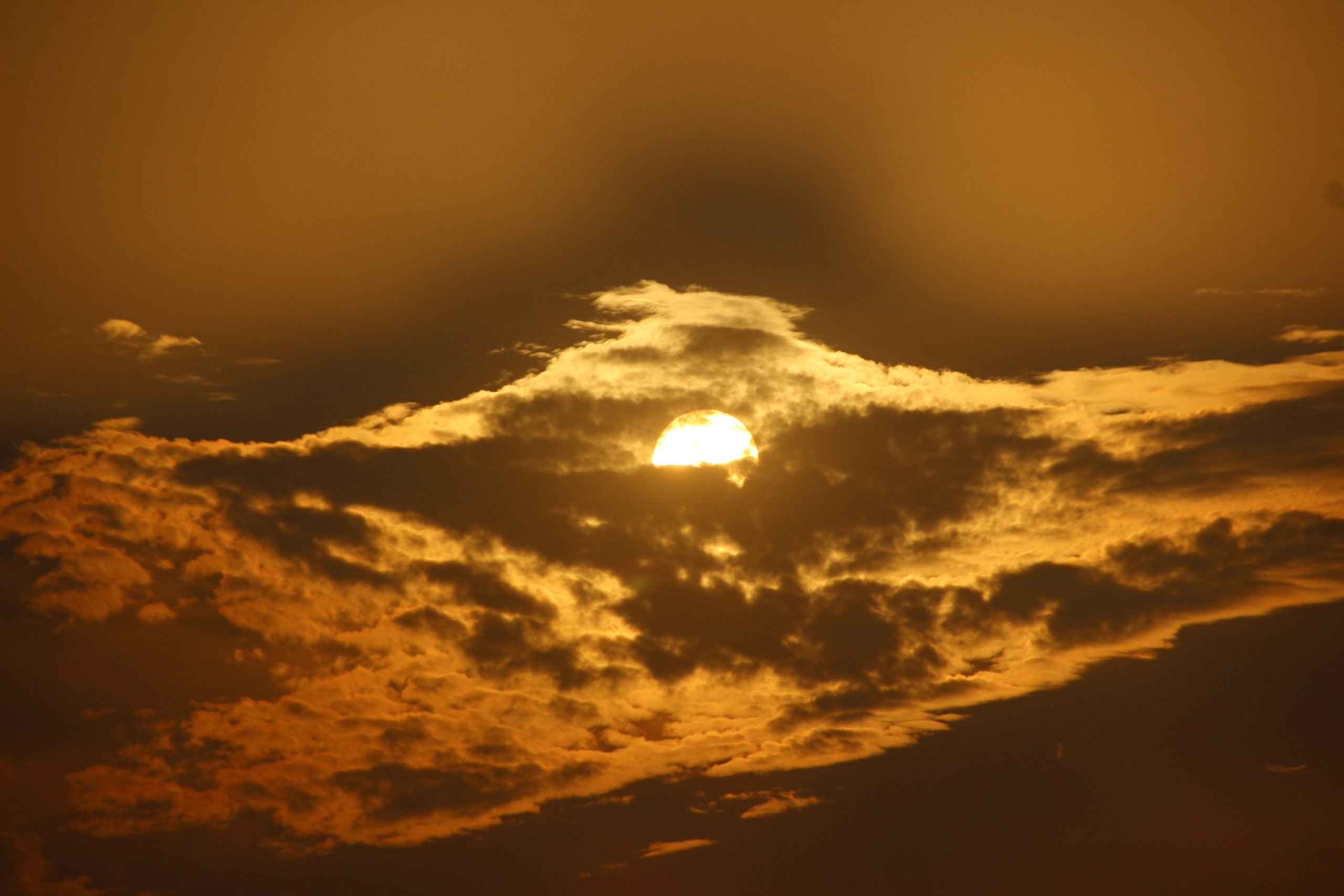In 2011, a team of scientists discovered the exoplanet WASP-39b. A gas giant with a mass similar to Saturn but closer in size to Jupiter. The giant revolves around its star at a distance equal to that which Mercury revolves around our Sun. you can expect a very hot surface, and according to recent measurements by James Webb, it is also very toxic..
Thanks to the instruments of James Webb, scientists were able to find out what chemical elements the atmosphere of WASP-39b consists of. The result is a list of gases, each more toxic than the last.. Although it has never been directly observed due to its distance of 700 light years from Earth, at least we can already imagine what its surface looks like.
This is not the first time James Webb has explored an exoplanet. Earlier this year, shortly after activating the space telescope, he observed the atmosphere of WASP-96b. At that moment, a large amount of vapor was found in its atmosphere; which greatly surprised scientists, since at the time of discovery, this exoplanet was cataloged as the first without clouds.
James Webb reveals the dangerous atmosphere of WASP-39b
Among the new molecules and chemicals found on the surface of WASP-39b are the presence of water, carbon monoxide, sodium, potassium and sulfur dioxide.
That “James Webb” was able to detect these tracks at such a great distance is an achievement in itself. To do this, the telescope closely watched the planet until it passed in front of its star. When this happened, the planet was illuminated from behind, allowing scientists to identify chemicals in the atmosphere from the light waves they absorbed.
This is an intelligent and quite effective method of collecting information from remote bodies. The only problem is that they are almost always confined to gas giant planets that are very close to their star.; since in the case of the emission of a very small shadow, it would be very difficult to capture the information cast by the exoplanet.
“This is the first time there is concrete evidence of photochemistry “Chemical reactions initiated by energetic starlight on exoplanets,” says Shang-Ming Tsai, a researcher at the University of Oxford and lead author of a study demonstrating the presence of sulfur dioxide in the planet’s atmosphere.
I think this is a really promising prospect for advancing our understanding of exoplanet atmospheres. [con esta misión].
shang ming cai
Hope for finding habitable planets in the future
This photochemistry-assisted detection tool has high hopes for scientists. In particular, because of the ability that exists in James Webb from search for planets with ideal conditions for life. Of course, with WASP-39b we’re not going anywhere, but in the future we could study smaller rocky planets that could have a composition similar to our Earth.
“I look forward to seeing what we find in the atmospheres of the minor terrestrial planets,” comments Mercedes Lopez-Morales, astronomer of the Center for Astrophysics | Harvard and Smithsonian Institution and research co-founder.
A few months ago, James Webb took the first image of an exoplanet. It will be about 385 light-years away, closer than WASP-39b, and also aims to become a gas giant.
Source: Hiper Textual













